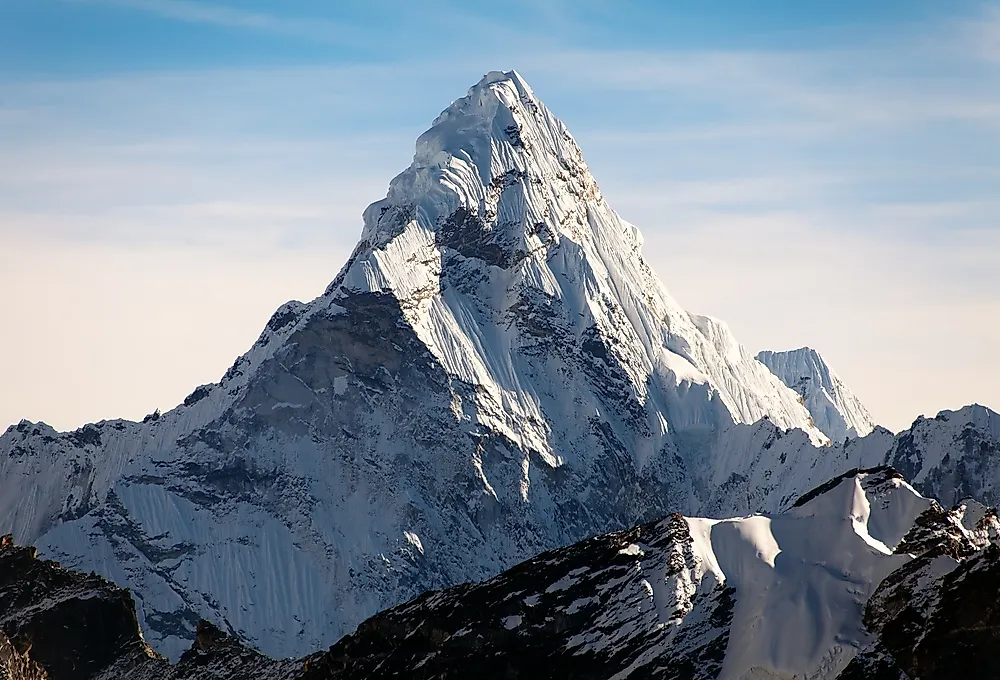How Did Mount Everest Get Its Name?

Sir Everest, after whom the mountain is named, never even saw Mount Everest, let alone ascend it. However, the renowned geographer’s name was proposed as the mountain’s name by Surveyor General of India, Andrew Scott Waugh, who was the first European to see the mountain. Scott wrote his recommendation to the Royal Geographical Society in 1865, which was accepted. Sir Everest was a great influence on the geographical work of Andrew Scott, and also played a role in the hiring of Scott. The original plan was to have the mountain given a native name, as was the case with the other surrounding mountains including Kangchenjunga and Dhaulagiri, but the geographical team experienced challenges in establishing a common native name for the mountain. The Tibetans and Nepalese who resided around the mountain already had their respective native names, but they did not, at that time, allow foreigners to visit their lands.
Sir George Everest
George Everest was born on July 4th, 1790 but the exact place of his birth is not known, with some sources stating London as his birthplace while others claim that he was born in Crickhowell, Wales. The geographer received his education at the Woolwich-based Royal Military Academy. Everest would later travel to India where he was involved in several geographical and cartographic projects, and he was later promoted to become the Surveyor General of India, a title which Andrew Scott Waugh would succeed him. Due to his illustrious career, Everest was accorded several awards and honors including being inducted into the Royal Geographical Society as a fellow and was in 1861 made a Knight Bachelor. The Royal Astronomical Society also awarded a medal to Everest. The geographer passed away in December 1866 aged 76 years, and his remains were buried in St. Andrew’s Church near Brighton.
Native Names
In China, the mountain was initially known by its traditional Tibetan name which is Qomolangma, or by its romanticized name Jomo Langma or Chomolungma. The mountain appeared as Qomolangma on traditional Chinese maps up until the early 18th century. The mountain was also formerly referred to as Shengmu Feng in China, which translates into “the Holy Mother Peak.” There are plans in China to have the mountain’s name changed from Everest to Qomolangma, its traditional Tibetan name. The mountain is situated on a Tibetan nature preserve known as the Qomolangma National Nature Preserve. The mountain was previously known as Sagarmatha in Nepal for many years. The name is derived from the Nepali words “Sagar” and “Matha” which translate to “head” and “sky,” and therefore the name is said to mean “forehead of the sky.” The name is also seen in the places associated with the mountain. The national park that the Nepalese part of the mountain sits on is named as Sagarmatha National Park. The Sagarmatha Zone is the mountainous region in Nepal where the Himalayas and Everest are found.
Mispronunciation
Interestingly, the pronunciation of the mountain’s name “Everest” is different from that of the man after whom it was named. Mount Everest is usually pronounced as “EVER-ist,” while Sir Everest’s name is pronounced as “EEv-rest.”











